
.jpg)
10-05-24
In the competitive world of legal services, law firms are constantly seeking ways to maintain profitability while delivering high-quality services to their clients. Cost recovery is a critical aspect of a law firm's financial health, ensuring that the expenses incurred in serving clients are adequately recouped. This blog post will explore effective cost recovery strategies that law firms can implement to enhance their bottom line.
Understanding Cost Recovery
Before diving into strategies, it's essential to understand what cost recovery entails. Cost recovery in a law firm context refers to the process of billing clients for the expenses and disbursements incurred during legal representation. These can include court fees, travel expenses, document production costs, and other out-of-pocket expenses.
Strategy 1: Transparent Billing Practices
Transparency is key when it comes to billing practices. Clients are more likely to accept charges that are clearly outlined and justified. Law firms should:
• Provide itemized bills detailing all costs.
• Explain the necessity of each expense.
• Use billing software that allows for clear categorization of expenses.
Strategy 2: Adopting Technology
Investing in technology can significantly reduce operational costs. For instance:
• Use electronic discovery tools to lower document review costs.
• Implement case management software to streamline workflows.
• Utilize online legal research databases to save time and resources.
Strategy 3: Alternative Fee Arrangements
Moving away from the traditional billable hour model, law firms can explore alternative fee arrangements (AFAs), such as:
• Flat fees for specific services.
• Contingency fees based on the outcome of a case.
• Retainer agreements for ongoing services
Strategy 4: Outsourcing Non-Core Functions
Outsourcing functions that are not central to legal expertise can result in significant savings. Consider outsourcing:
• Document processing and management.
• IT services and support.
• Accounting and financial services.
Strategy 5: Training and Development
Investing in training for attorneys and staff can lead to more efficient service delivery. Focus on:
• Training in the use of legal technology tools.
• Development of skills in project management.
• Education on cost-effective research and drafting techniques.
Strategy 6: Expense Recovery Policy
Developing a firm-wide expense recovery policy ensures consistency in billing. The policy should:
• Define which expenses are billable to clients.
• Outline the markup percentage for billable expenses.
• Establish guidelines for expense approval and documentation.
Strategy 7: Client Communication
Effective communication with clients about costs can prevent disputes. Law firms should:
• Discuss cost recovery during the initial client intake.
• Regularly update clients on expenses incurred.
• Seek client approval for significant outlays.
Strategy 8: Review and Adjust
Regularly reviewing and adjusting cost recovery strategies is vital. Law firms must:
• Analyze the effectiveness of current cost recovery methods.
• Adjust strategies based on client feedback and industry trends.
• Stay informed about new cost-saving technologies and practices.
Conclusion
Cost recovery is not just about billing clients for expenses; it's about creating a sustainable model that benefits both the law firm and its clients. By implementing these strategies, law firms can ensure that they are recovering costs effectively while continuing to provide exceptional legal services.Implementing these strategies requires a careful balance between cost efficiency and client satisfaction. Law firms that master this balance will not only recover costs more effectively but also strengthen their client relationships and reputation in the legal industry
Tags : Law Firms, Strategies for Law Firms


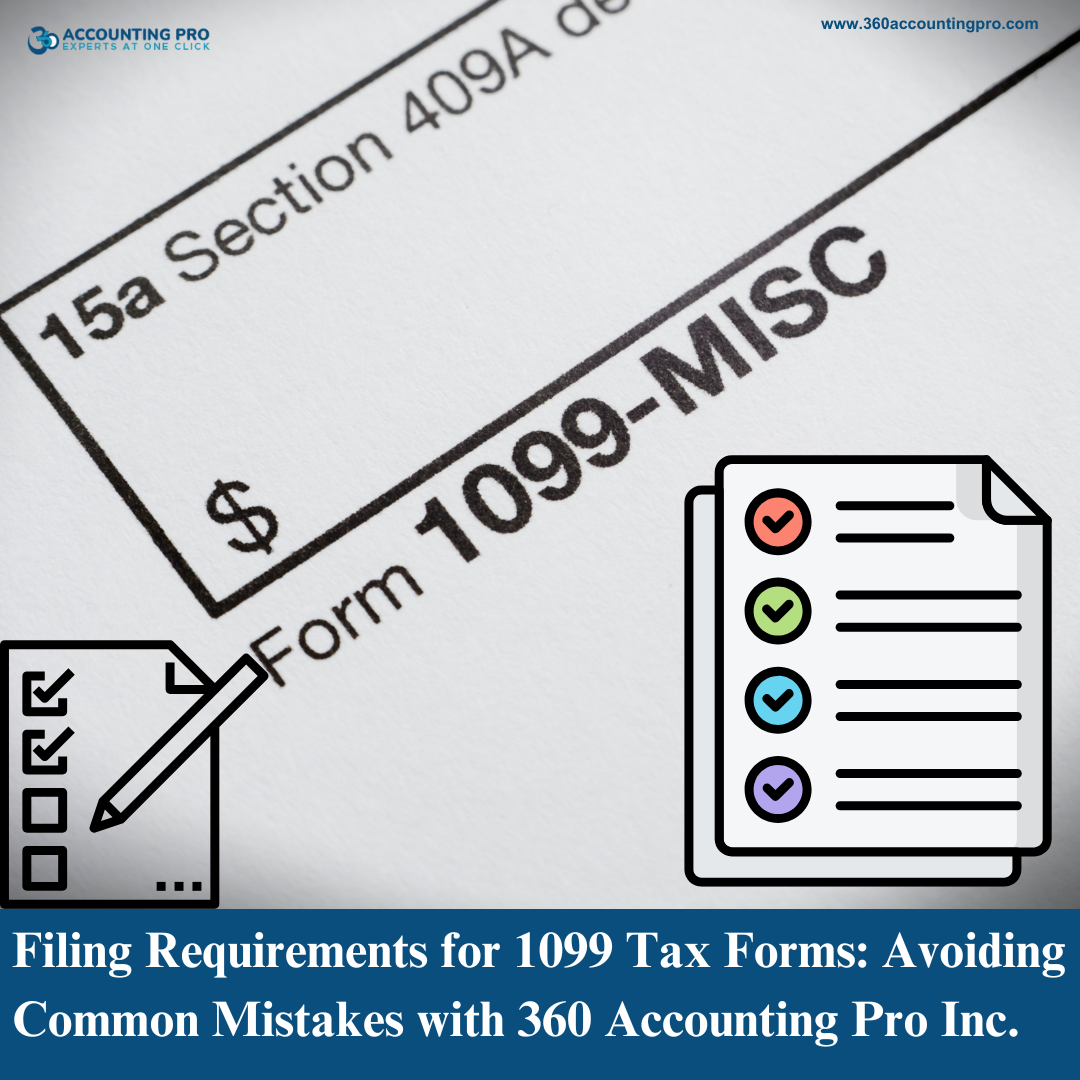
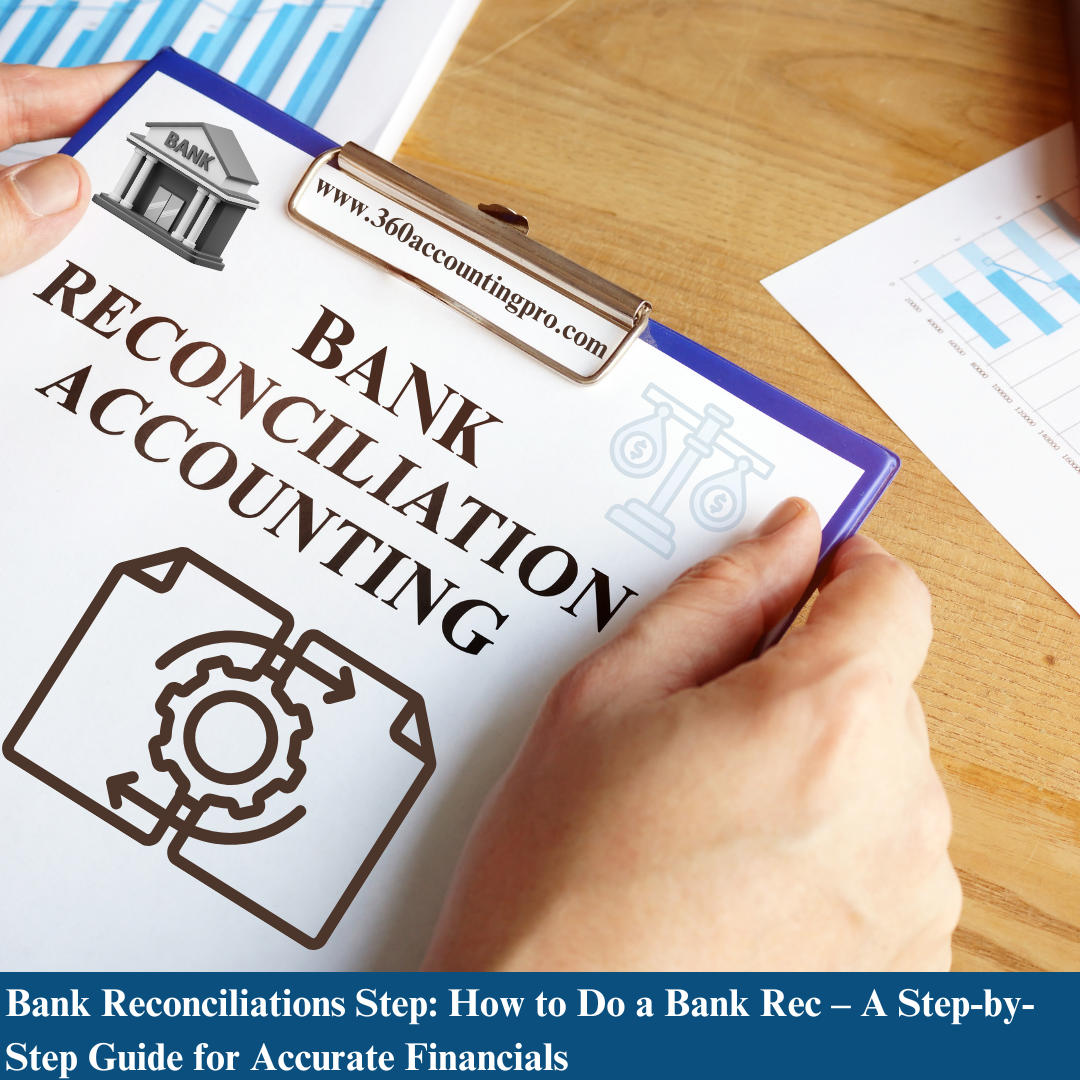

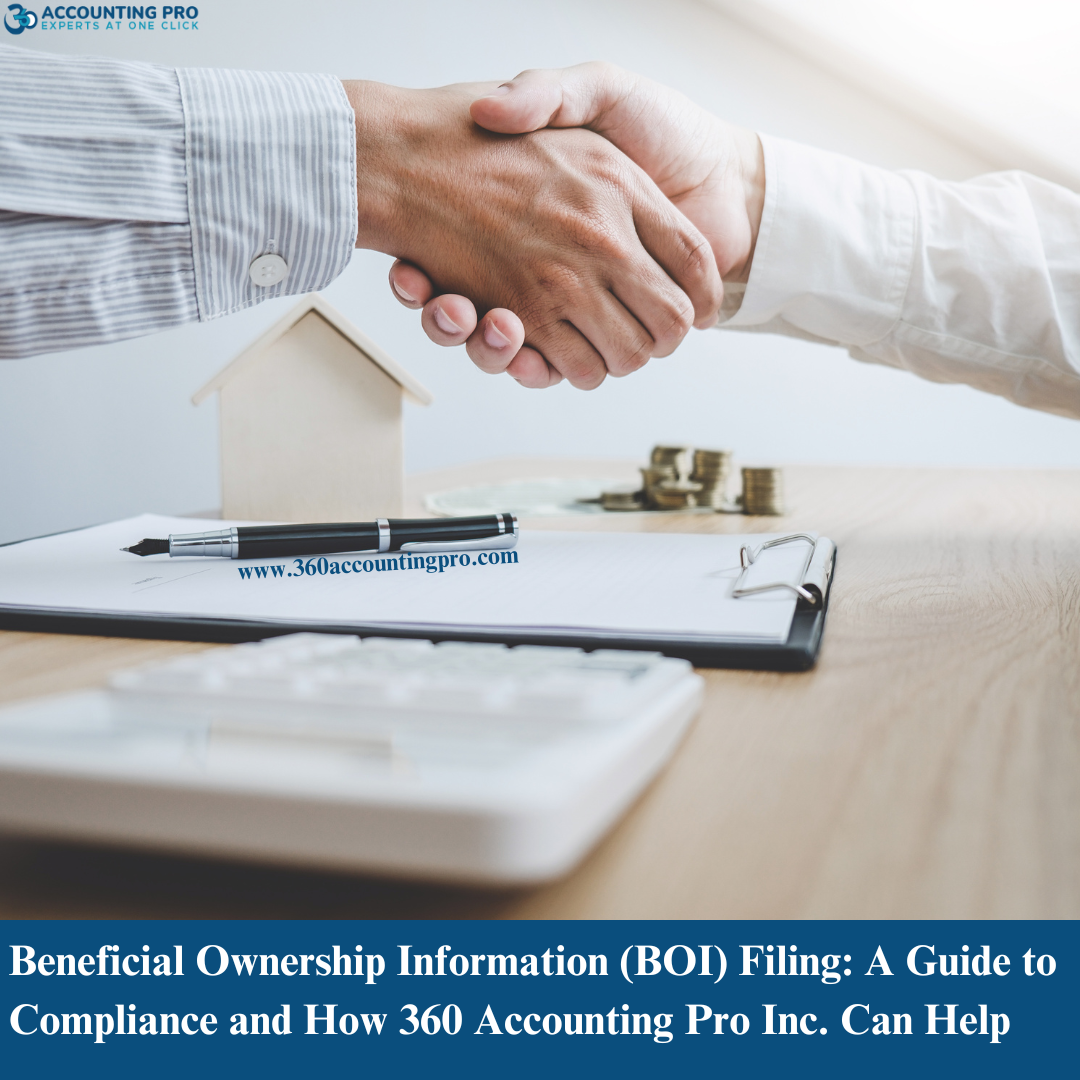
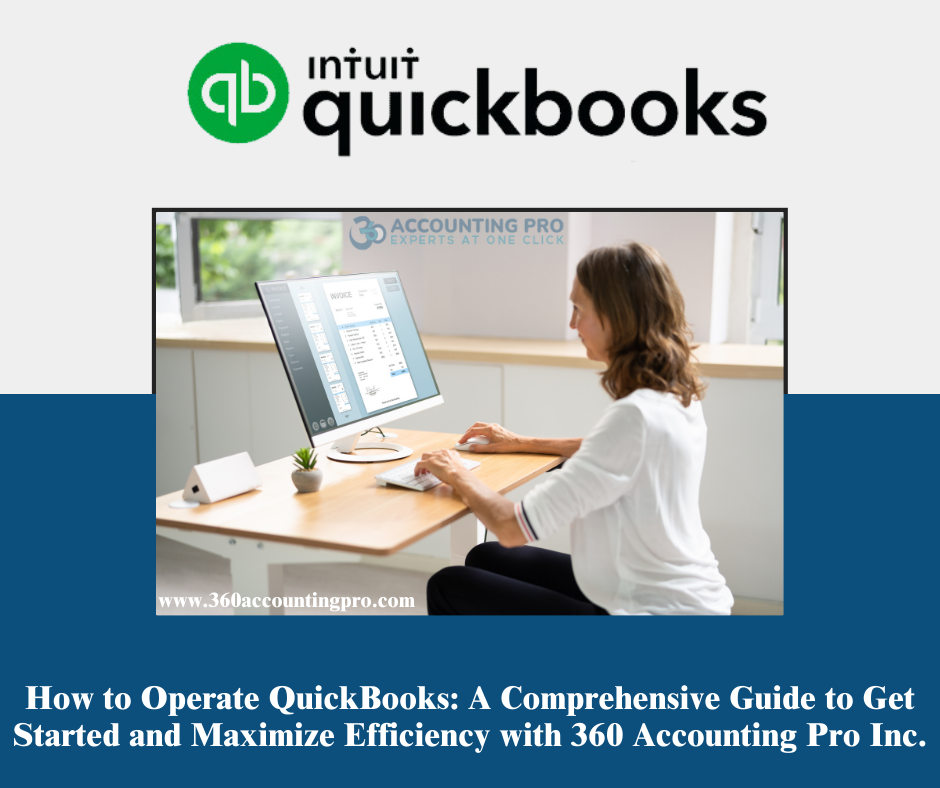

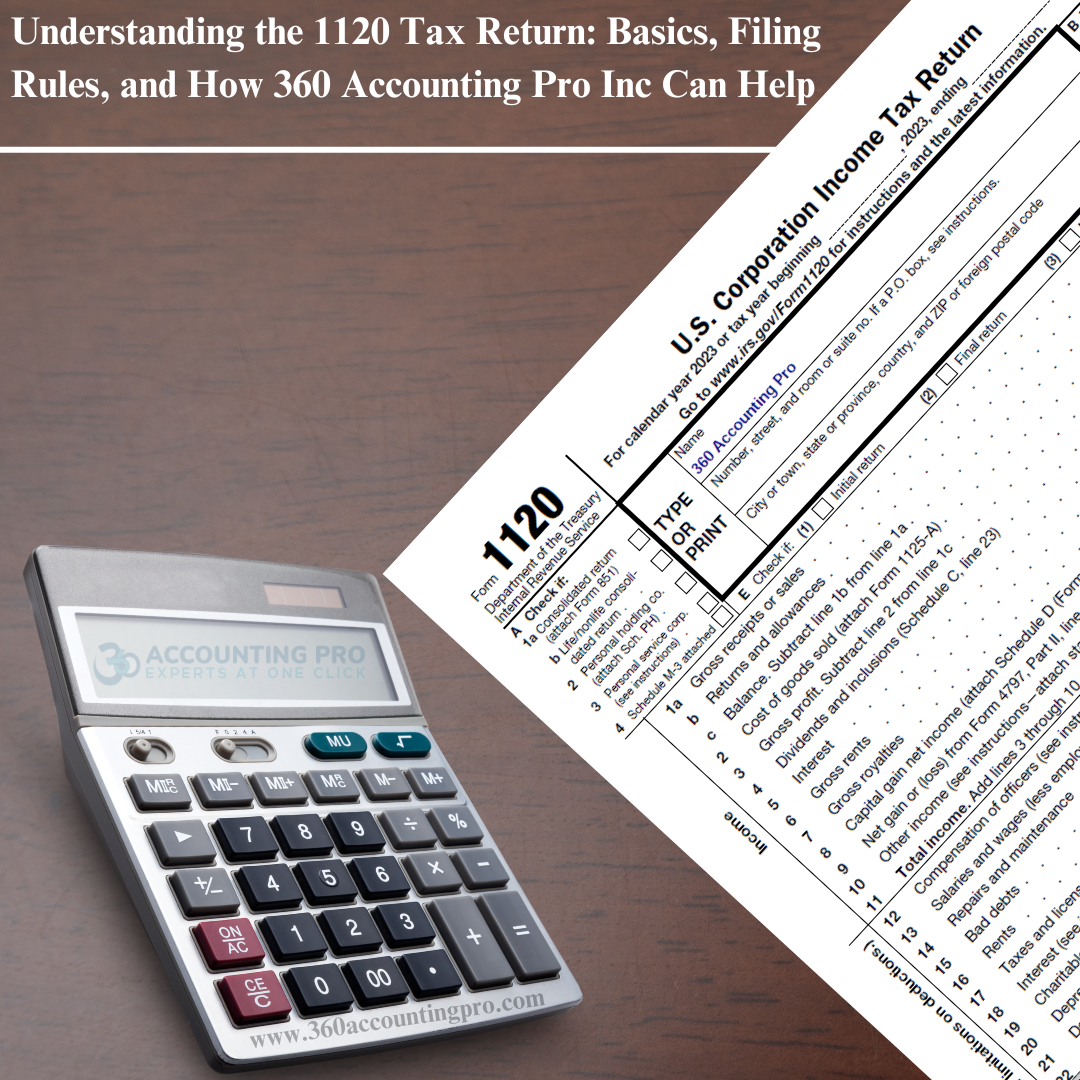
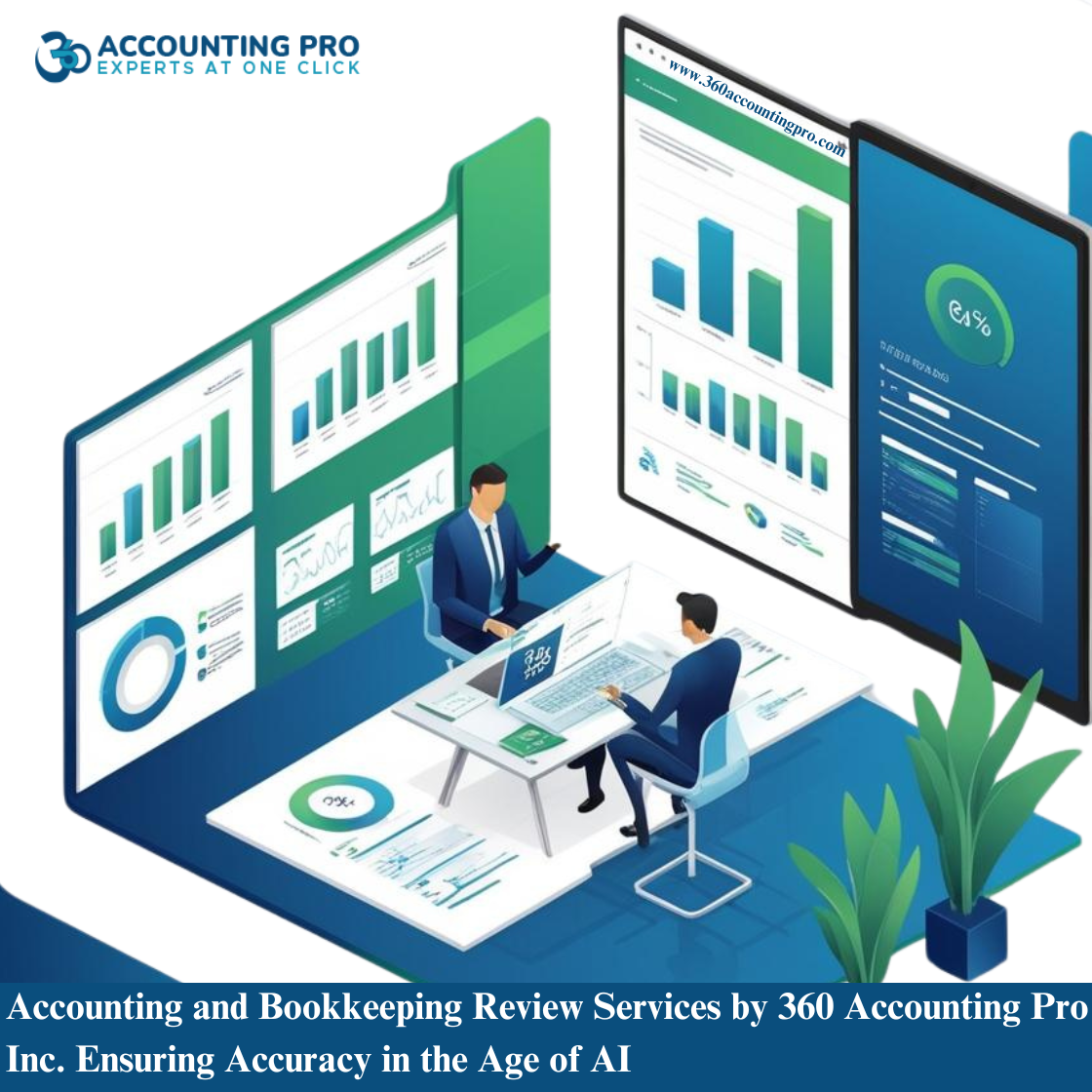
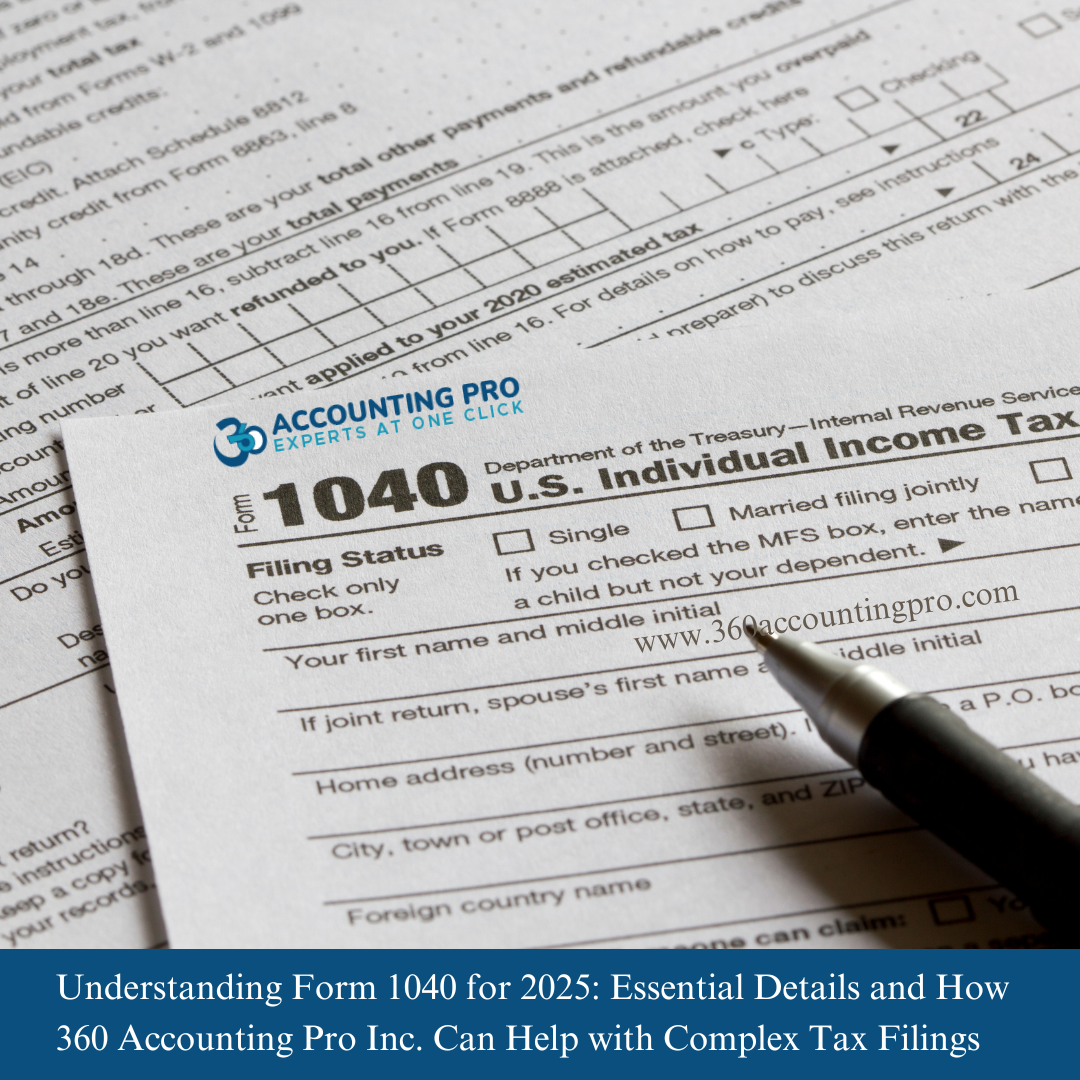

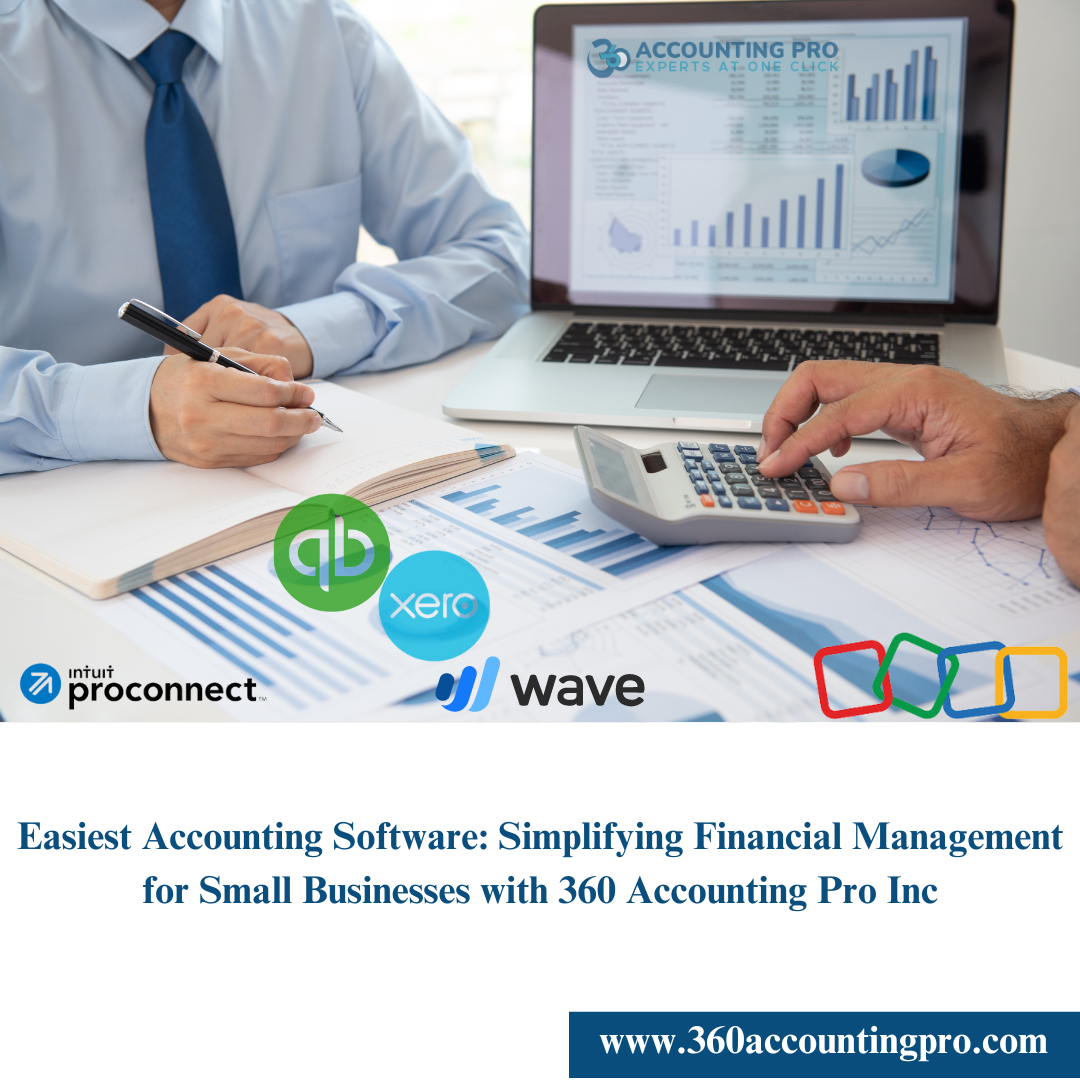


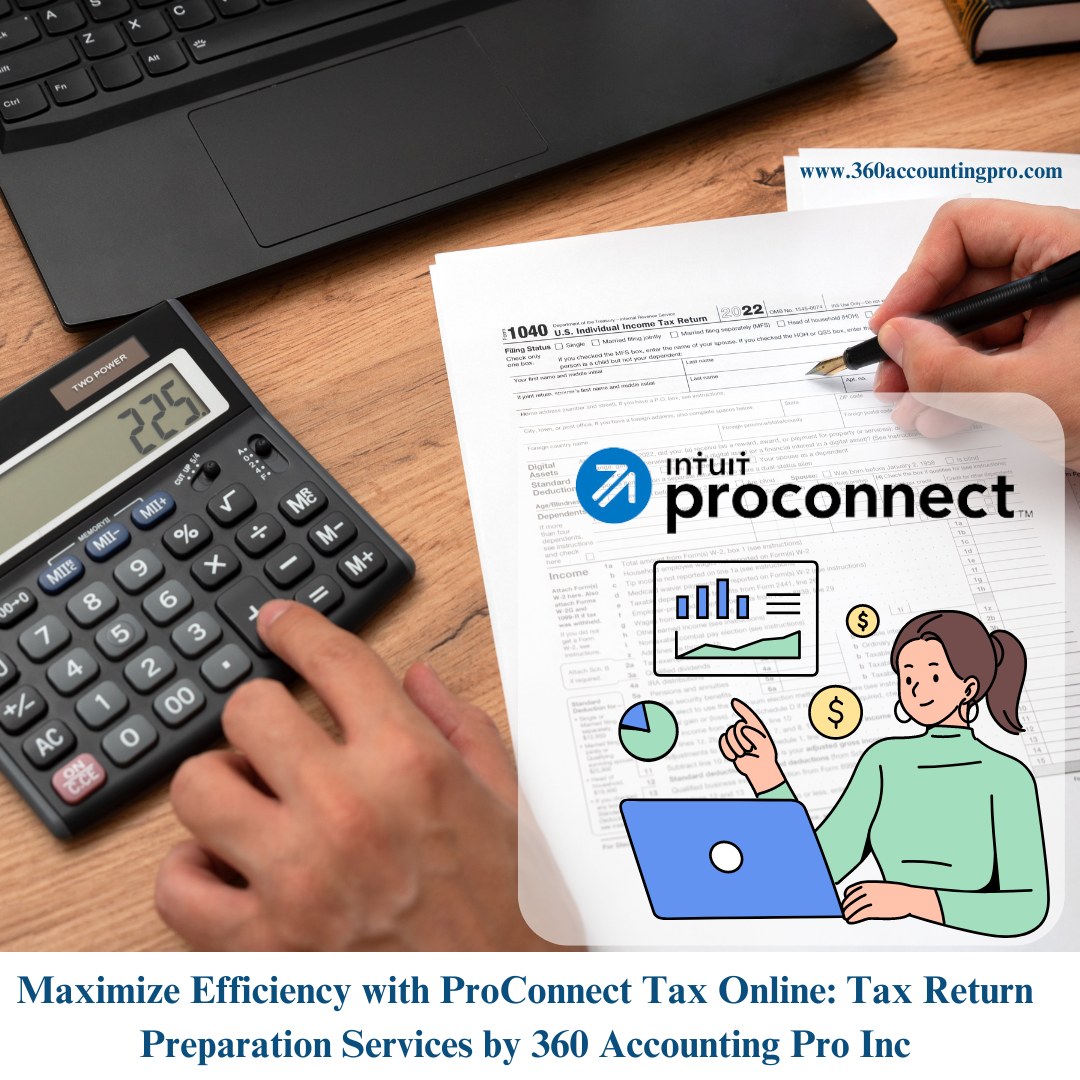




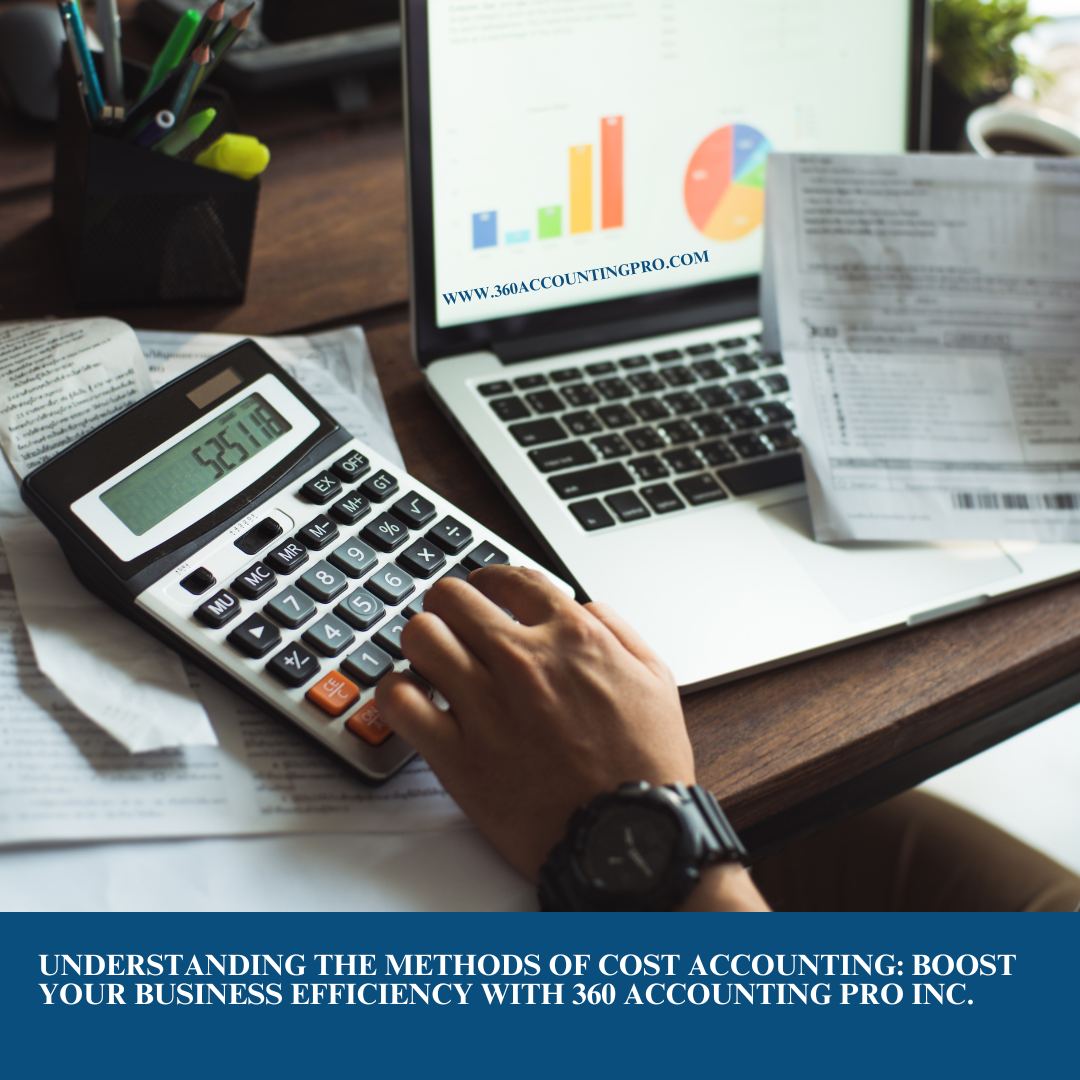
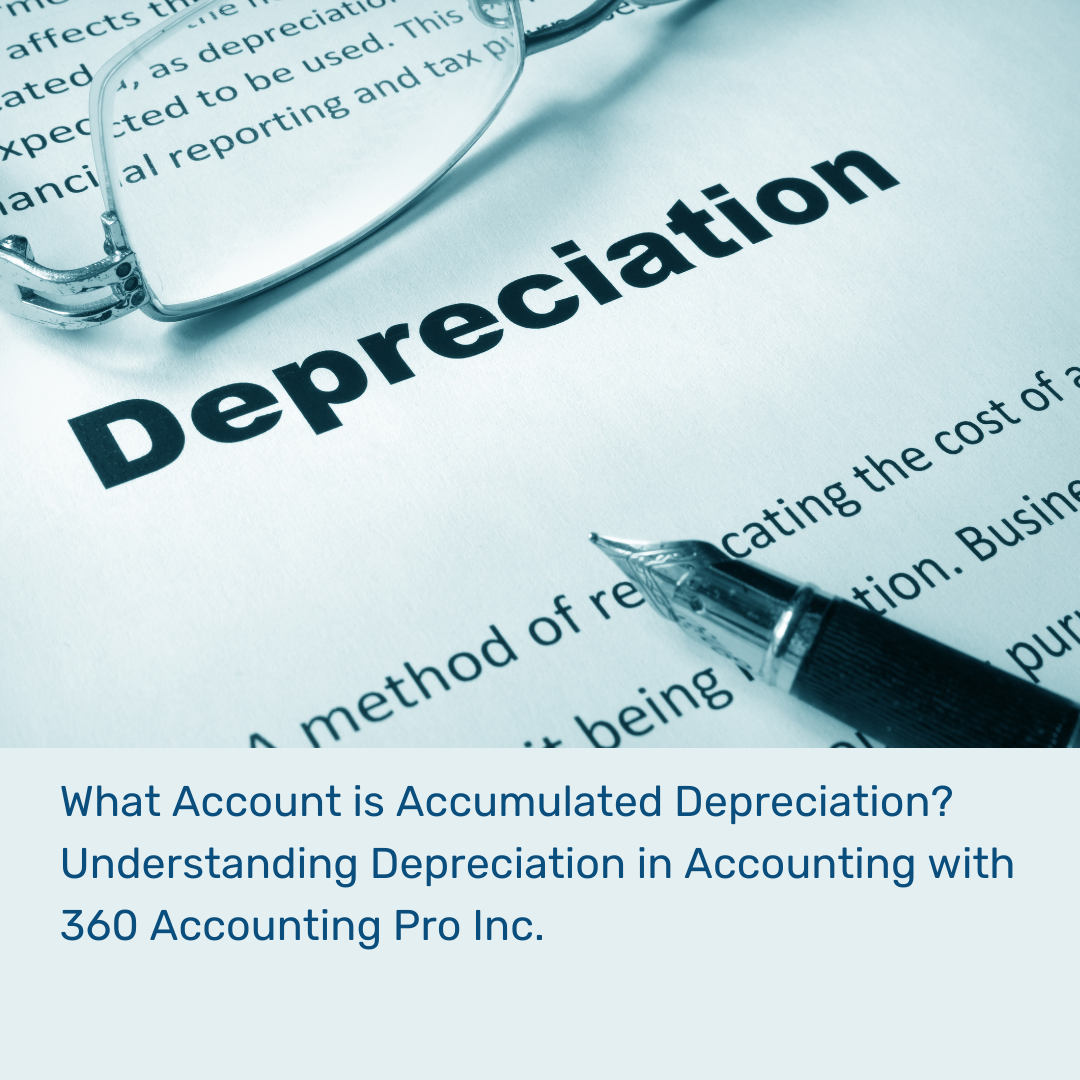

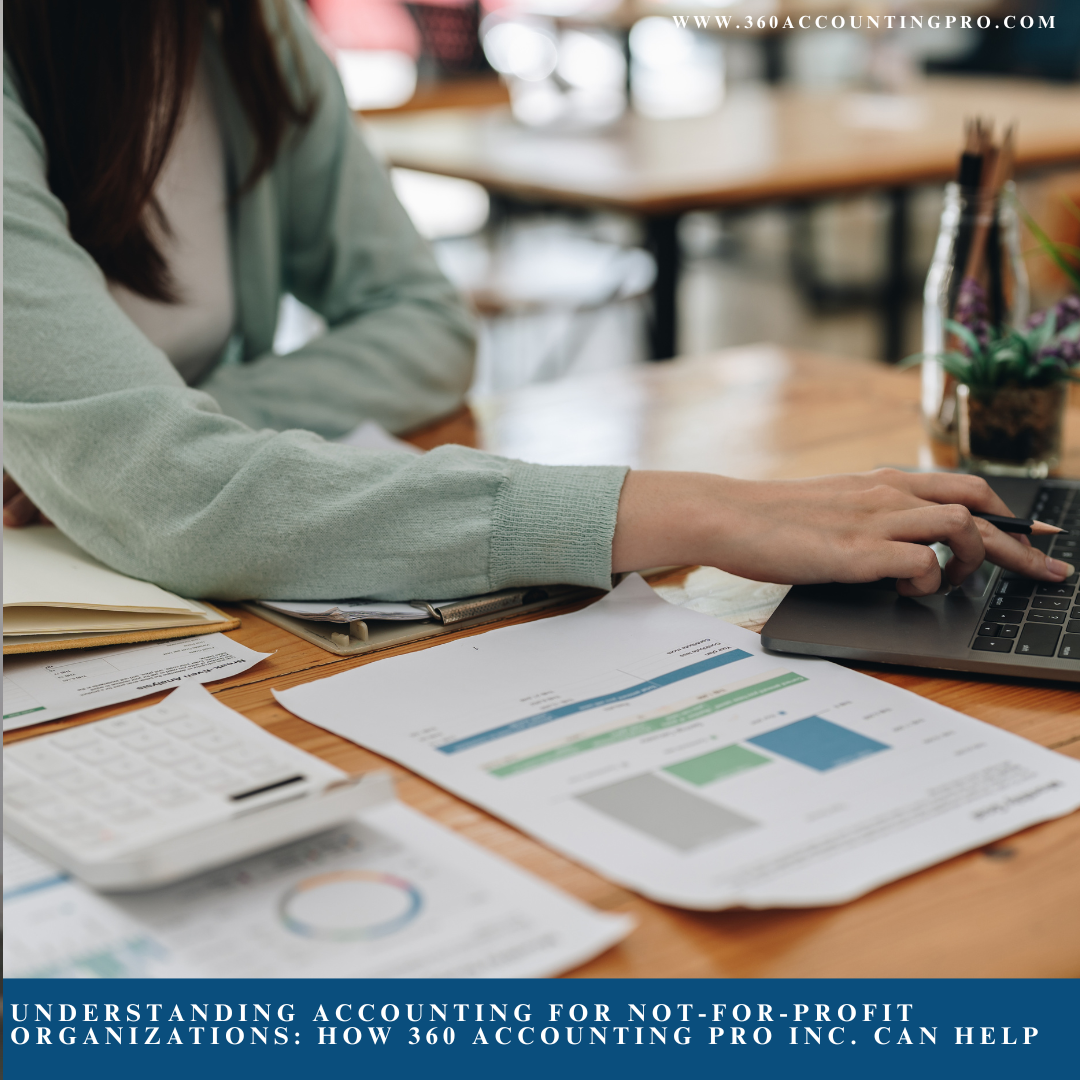


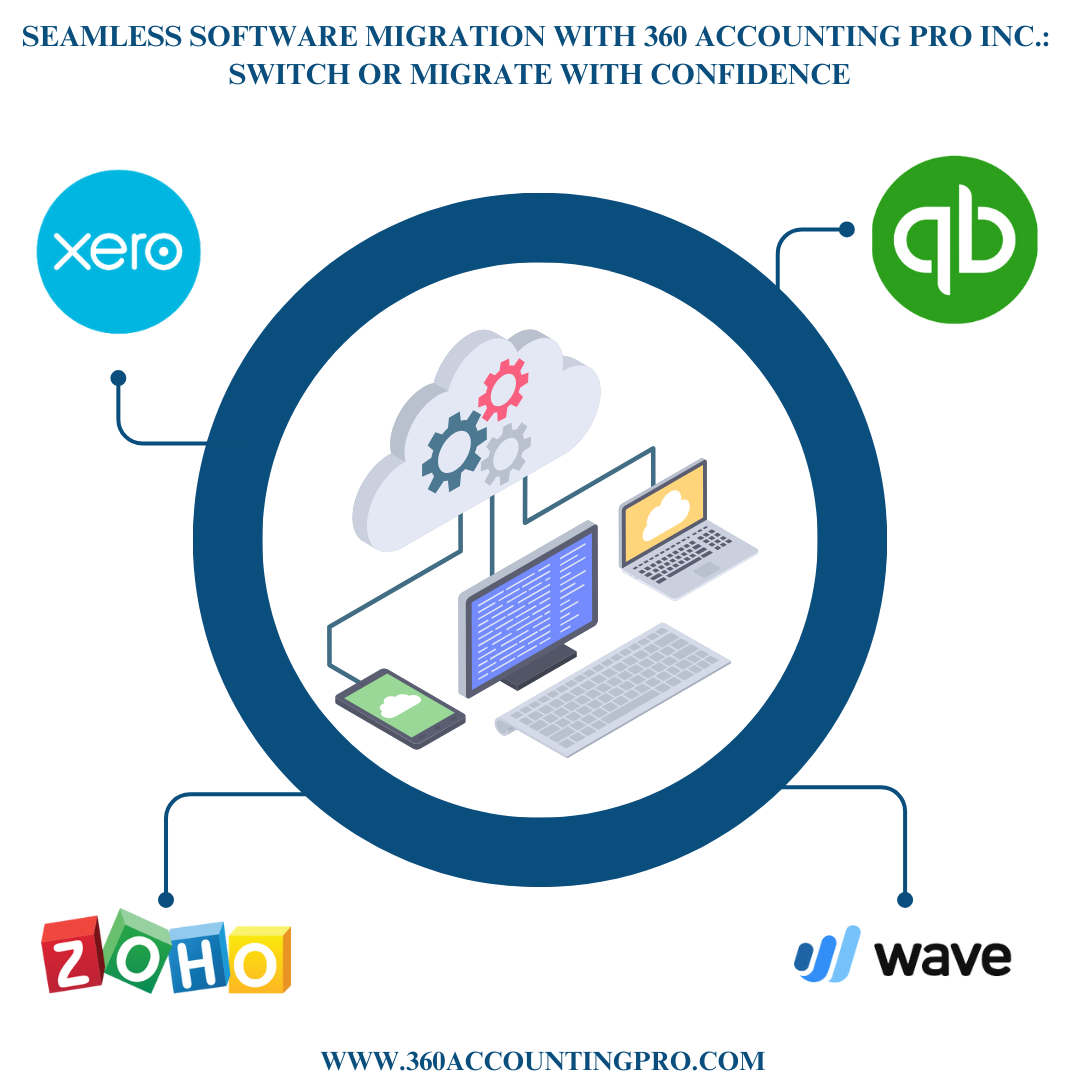
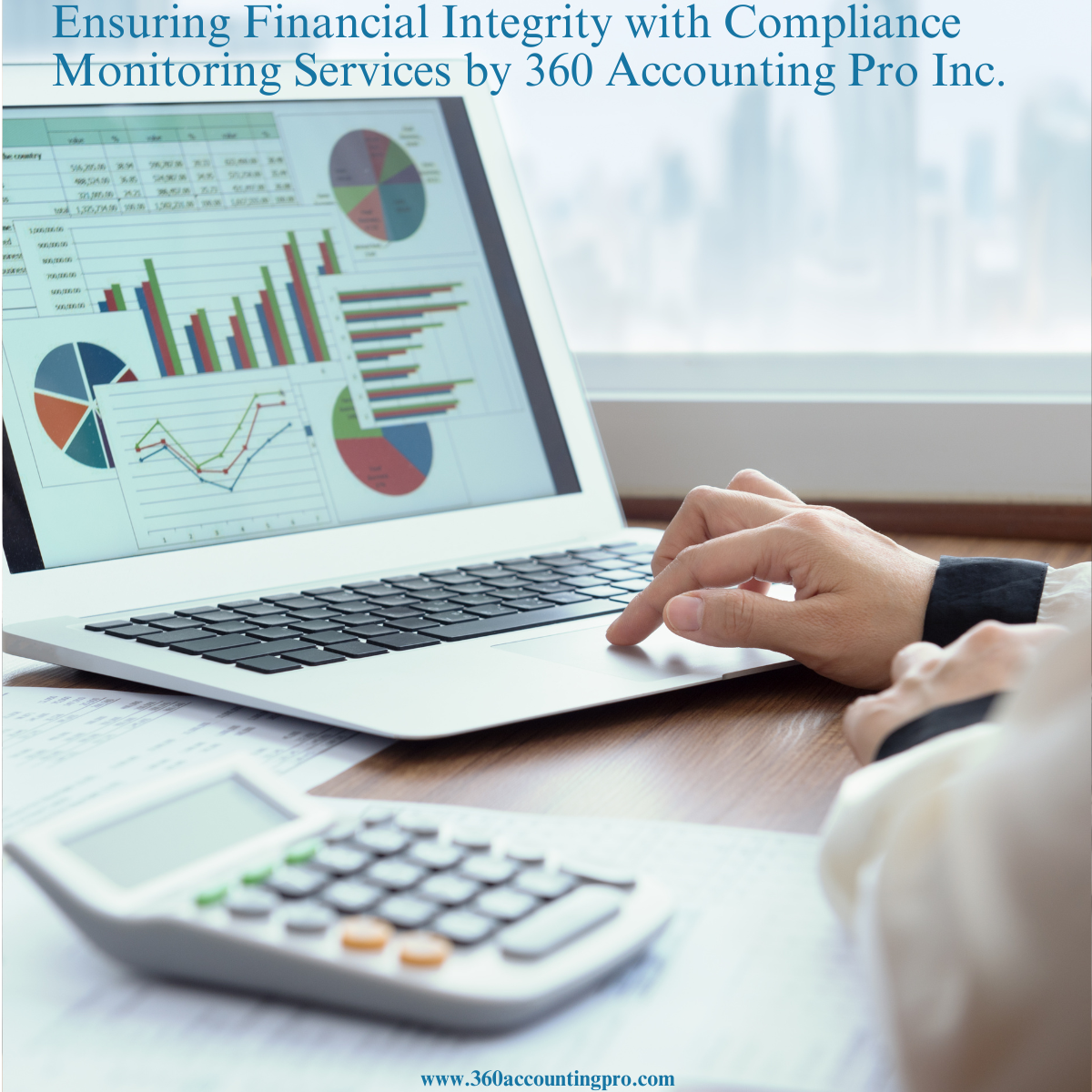






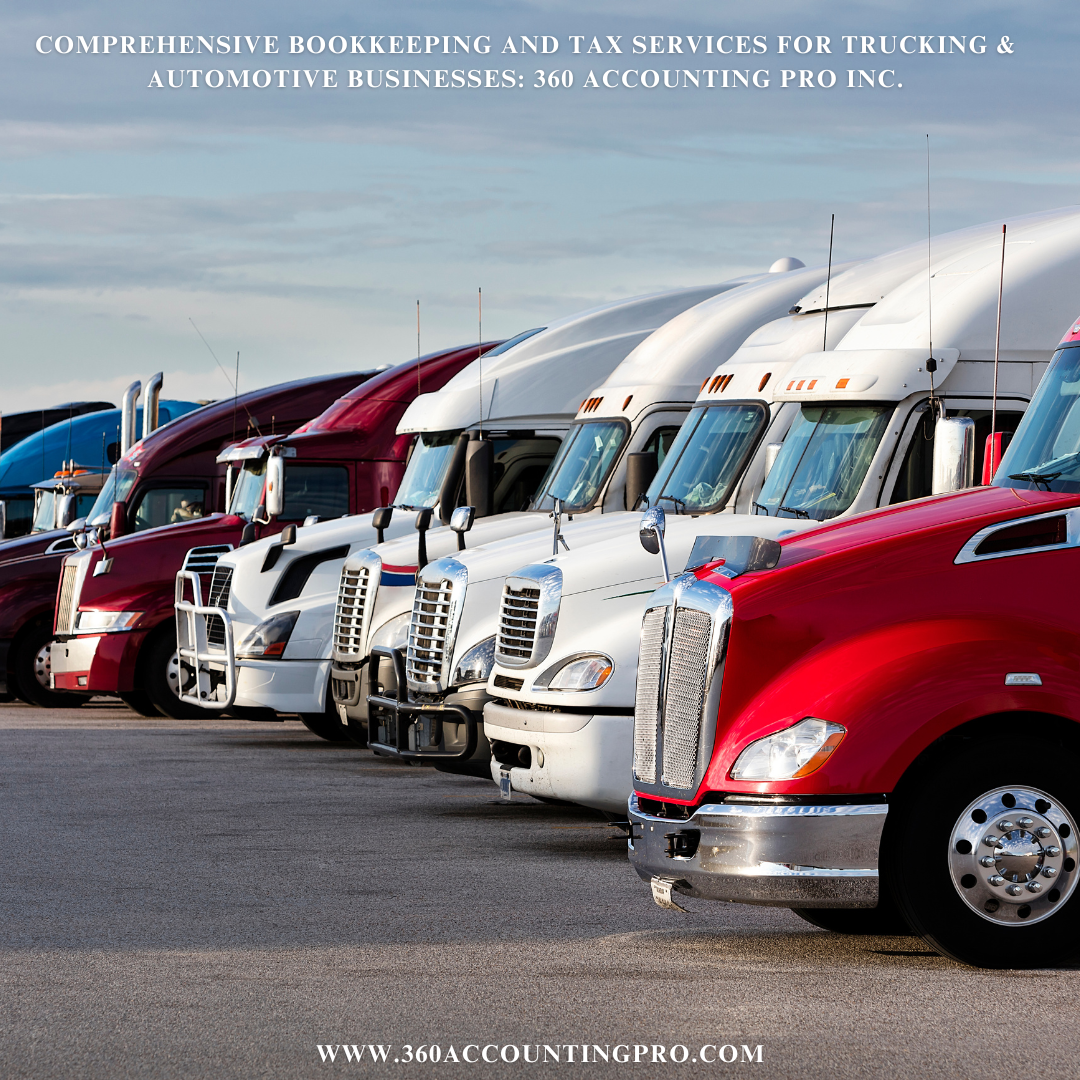



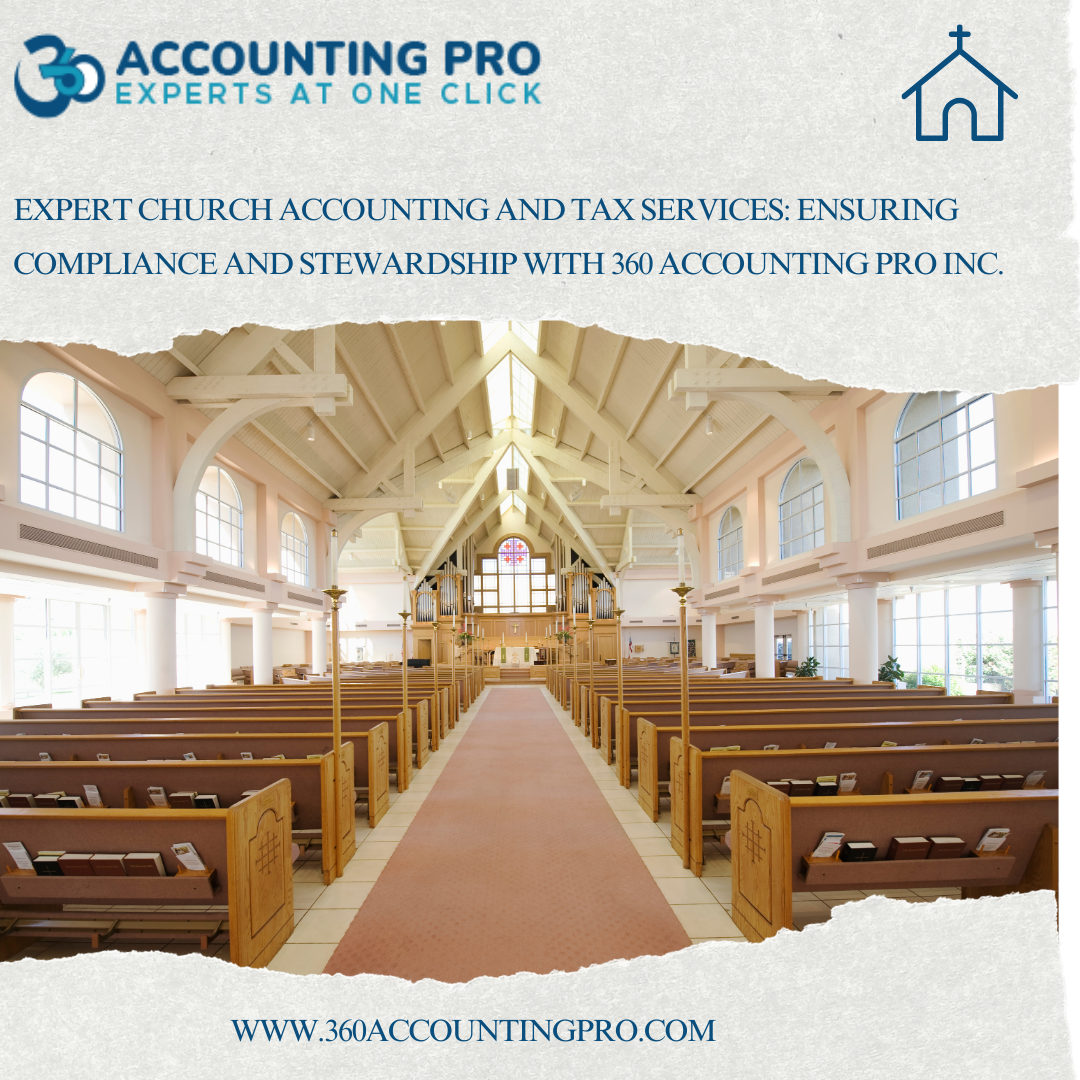
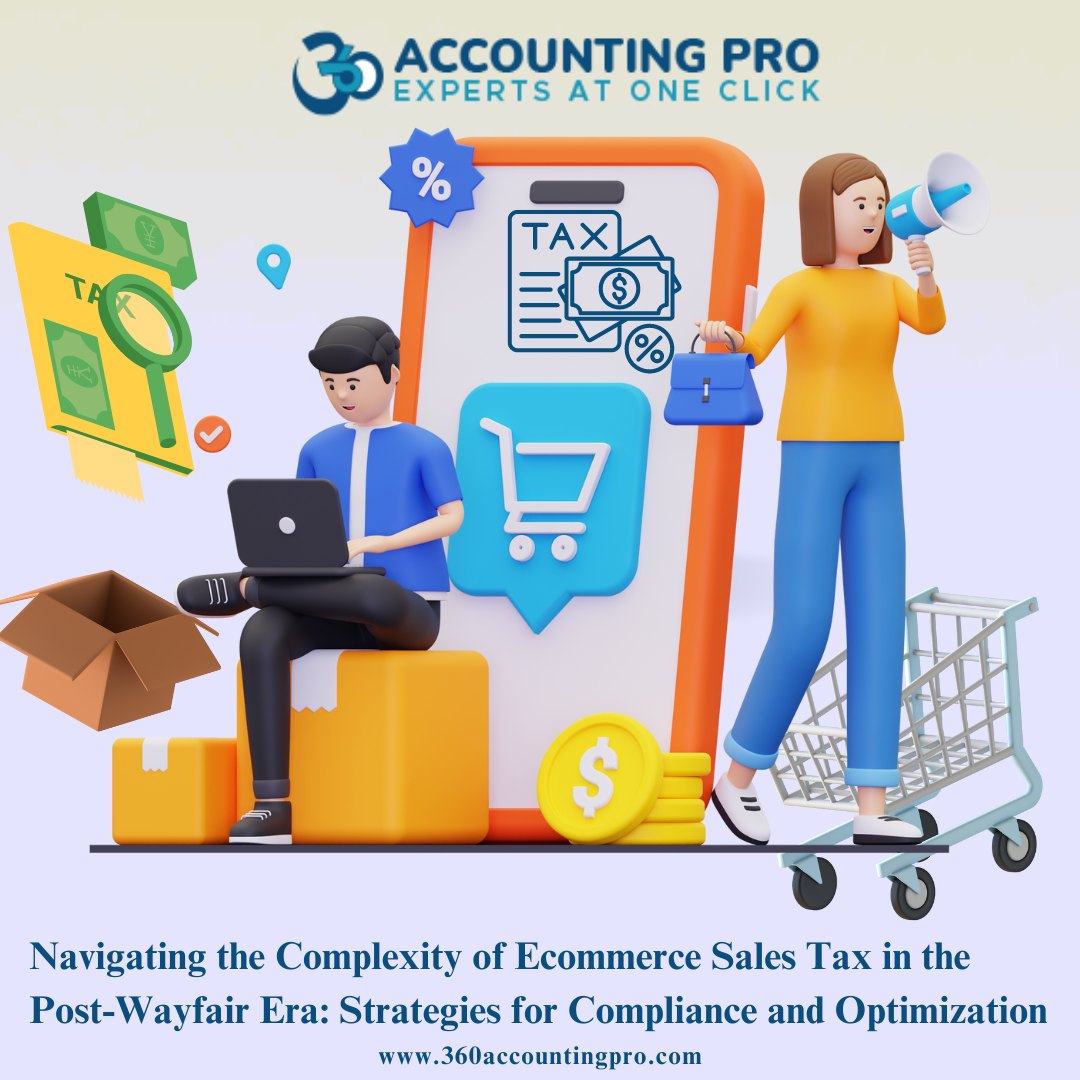

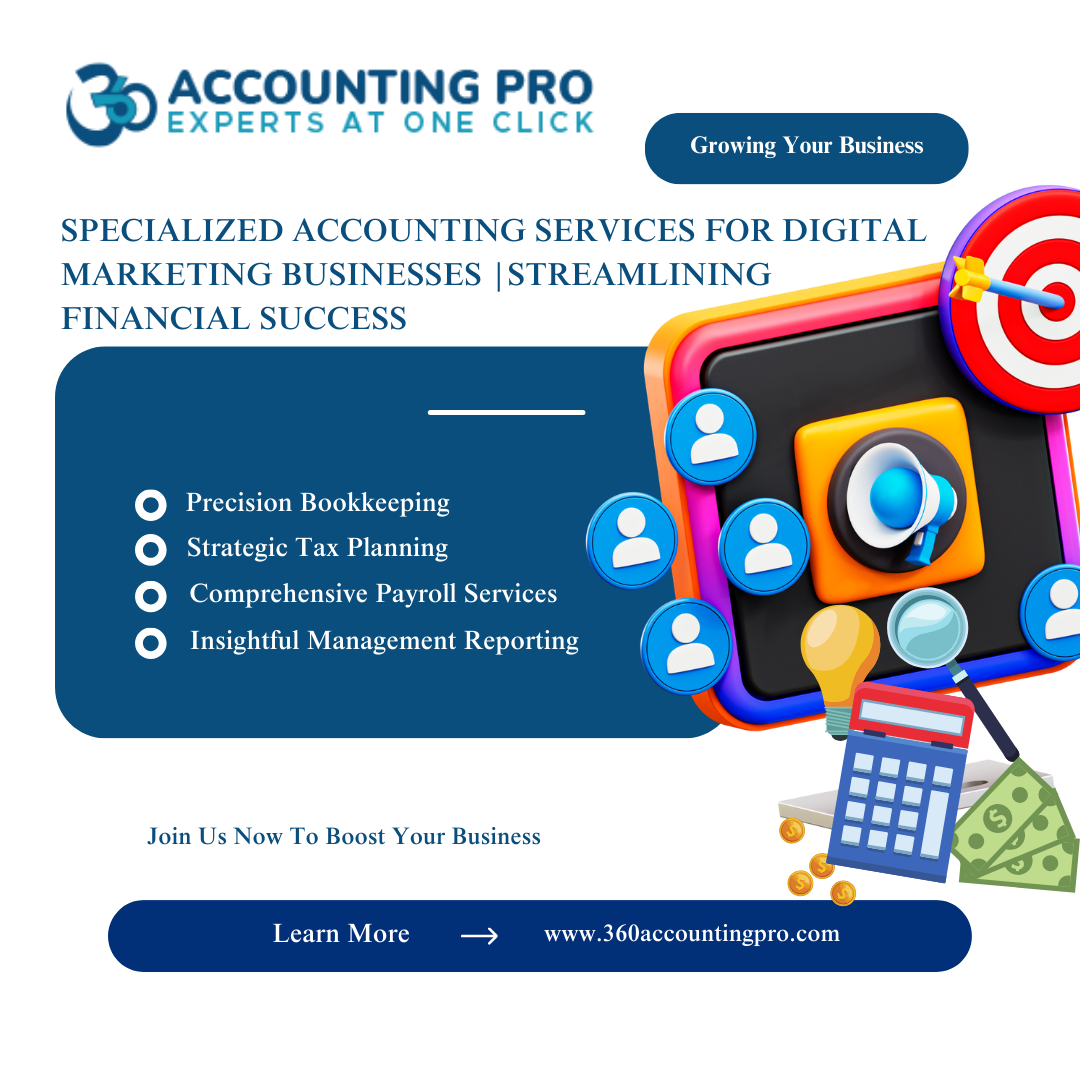

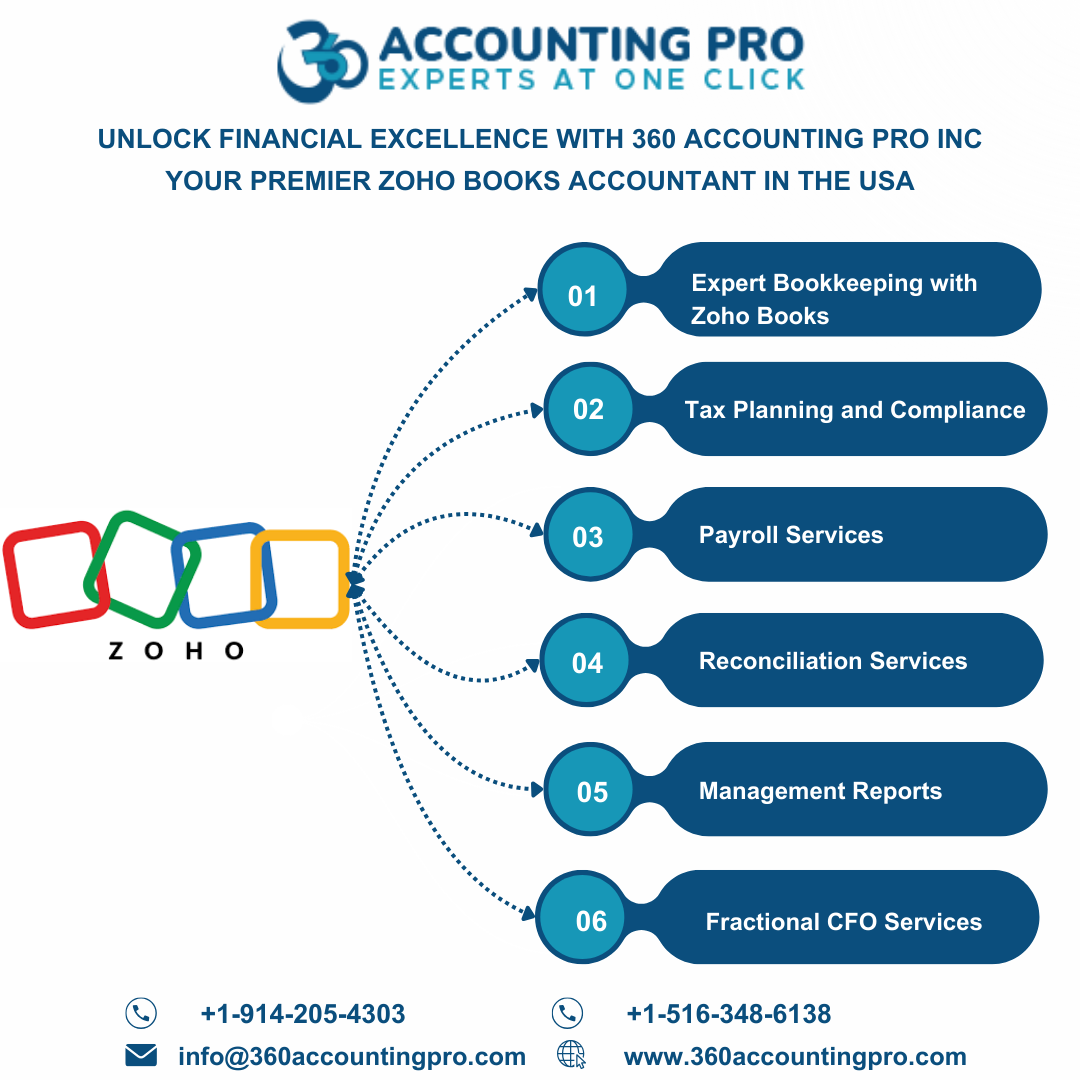

.jpg)
.jpg)
.jpg)
.jpg)


).jpg)


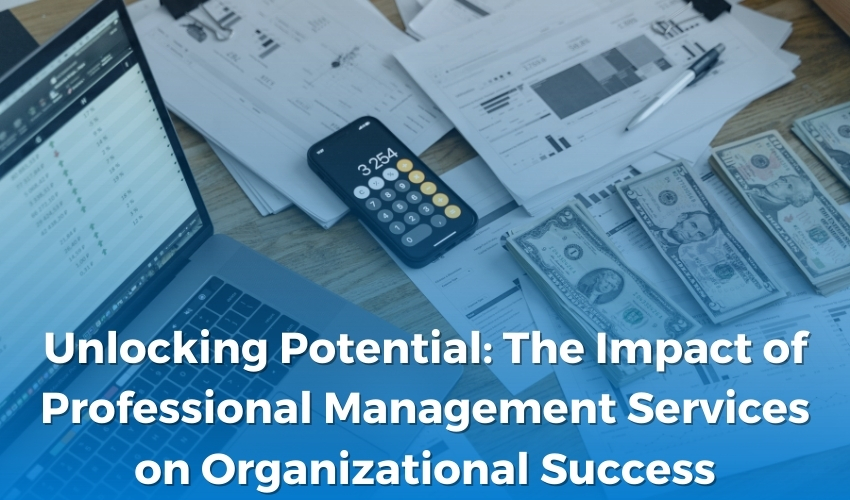

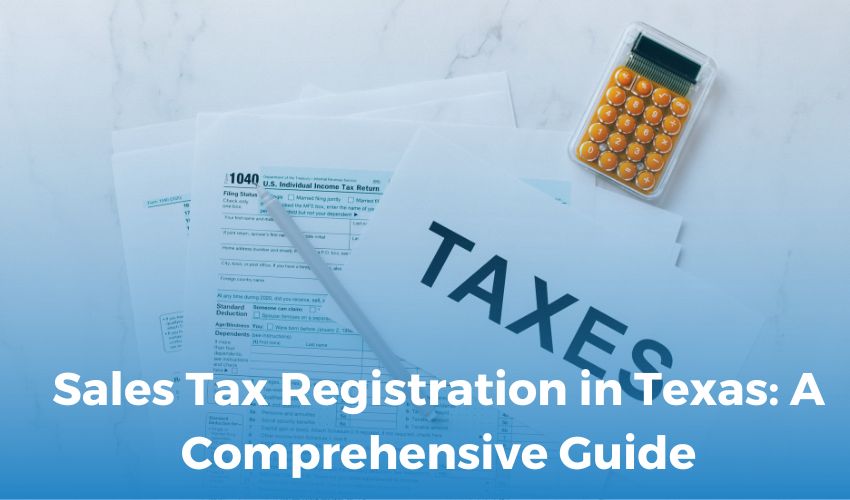
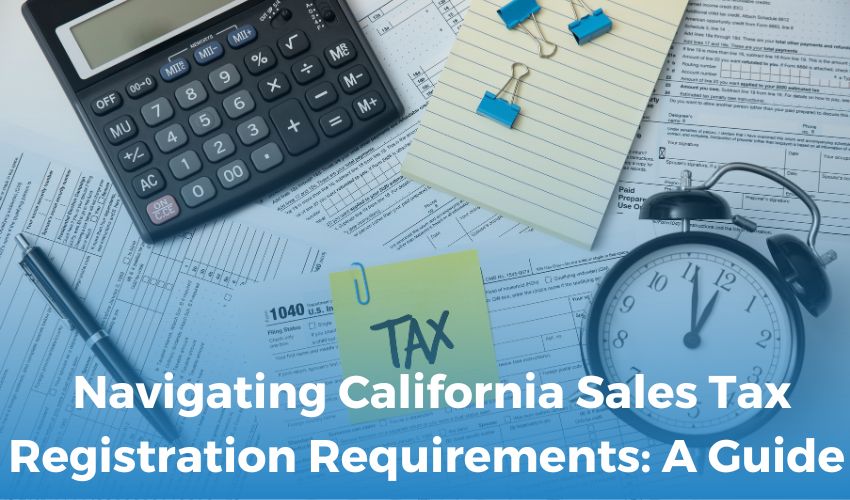

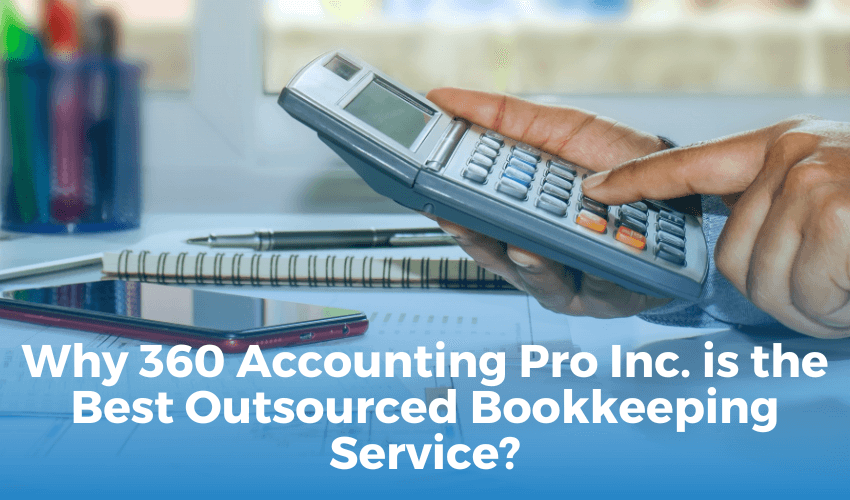




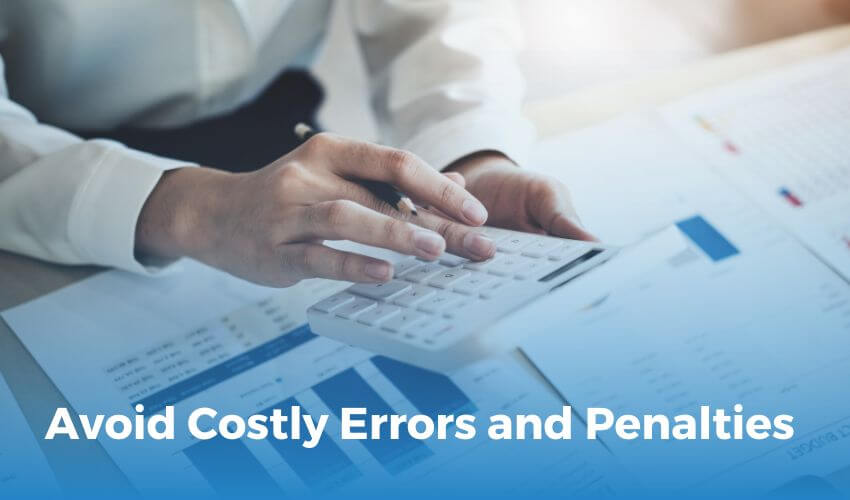

 Get A Quote
Get A Quote
Leave A Comment